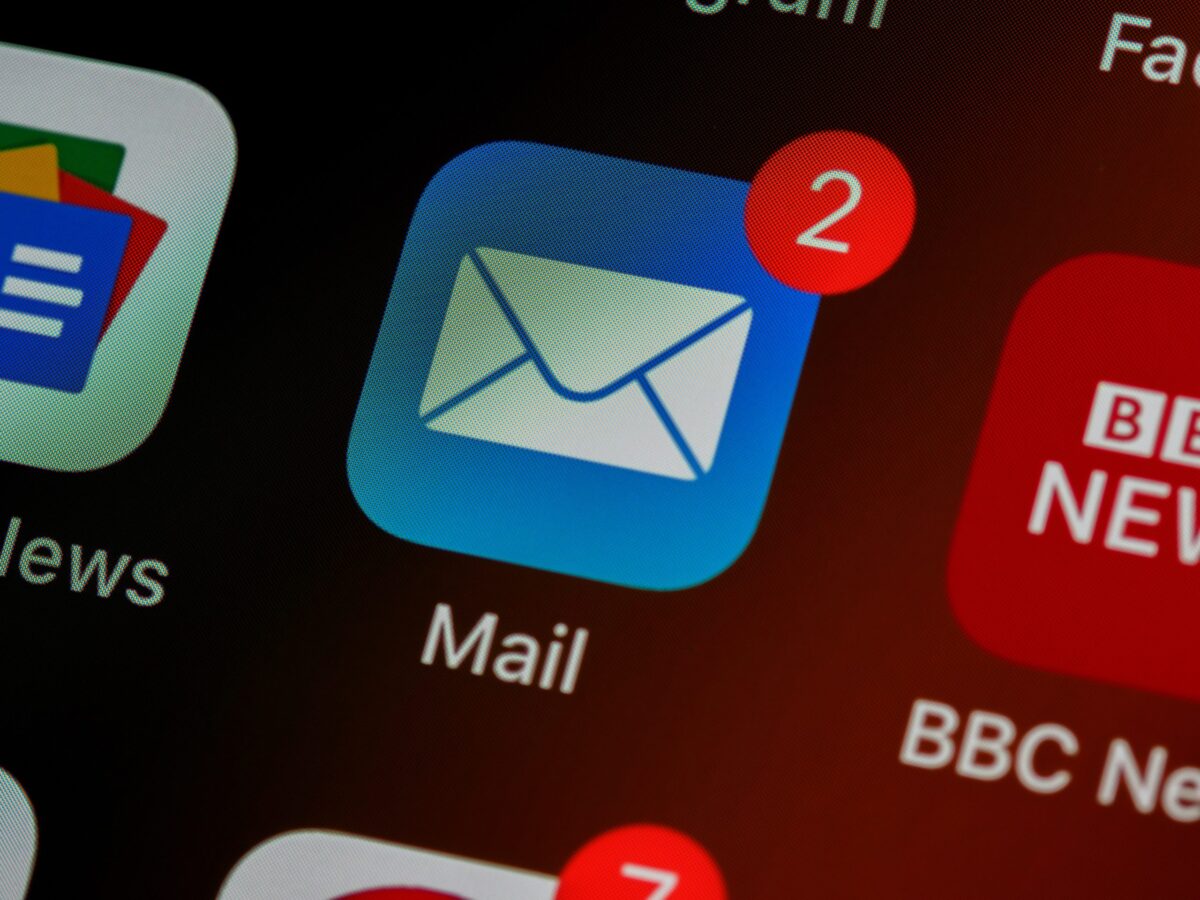

While Facebook’s Cambridge Analytica scandal continues to play out, one of the big “AHA” moments has been the discovery of the amount of information that Facebook has captured on it’s users.
The fact that Facebook captures data on users is not really a surprise, but the breadth of data captured was stunning to many, as were the lax safeguards in place to protect that data. The scope of Facebook’s data collection is still a bit of an unknown, as we haven’t learned of additional data captured by Instagram and What’sApp, both of which are owned by Facebook. Facebook’s empire is a data collection machine that powers the marketing campaigns of business around the world.
And Facebook is not the only data collection machine. Most tech companies collect data for marketing purposes, and privacy and data protection varies on each.. Google collects data via search, Gmail, maps and Google applications. But also captures data via Android phones, Waze driving applications, and it’s Nest home automation subsidiary.
So what are we supposed to do? Unless you are willing to completely abandon the digital world, you have to accept that privacy is elusive online. But there are few things you can do to minimize the amount data collected and the accessibility of that data . Here are a few tips that could help:
Be aware of the information available on you and adjust your privacy settings accordingly. Both Google and Facebook will let you see a good portion of the information they collect on you. It doesn’t cover all of the data collected from related businesses, but it is still helpful. For example, I found out that Google knew the 10 different cities that I lived in my life, and was making that information publicly available. While I couldn’t delete the information, I could make it private.
Close unused social media accounts. Many of us have tried new networks, but ultimately abandoned them. Despite our neglect, your information is still out there. Use justdeleteme to jog your memory and delete as many old accounts as you can. Some do not make it easy.
Don’t use Facebook’s or Google’s single sign on for other services. When you start using a new service or retailer and are asked to “create an account”, many will ask if you want to login via Google or Facebook. While it is convenient and one less password to remember, this service also allows Google and Facebook to track everything you buy with that retailer.
Don’t use third party applications on Facebook. Those cute quizzes and other entertainment might be fun, but they are also data collections devices. These are the type of applications that supplied the data for Cambridge Analytica. Some applications just collect data, but some require that you submit personal information that is often the subject of commonly used security questions. Don’t play along. The fun is not worth the risk.
Delete unused applications on your phone, desktop and other devices. Many of us constantly add new applications, but are less diligent about deleting old ones. Applications collect a lot of data, even when they are not being used. So if you have not used an application in a while, delete it. I purge applications every six months, and end up deleting more than half the applications on my phone.
While digital privacy remains elusive, you can take action to minimize the breadth of personal information out there. Take control!










